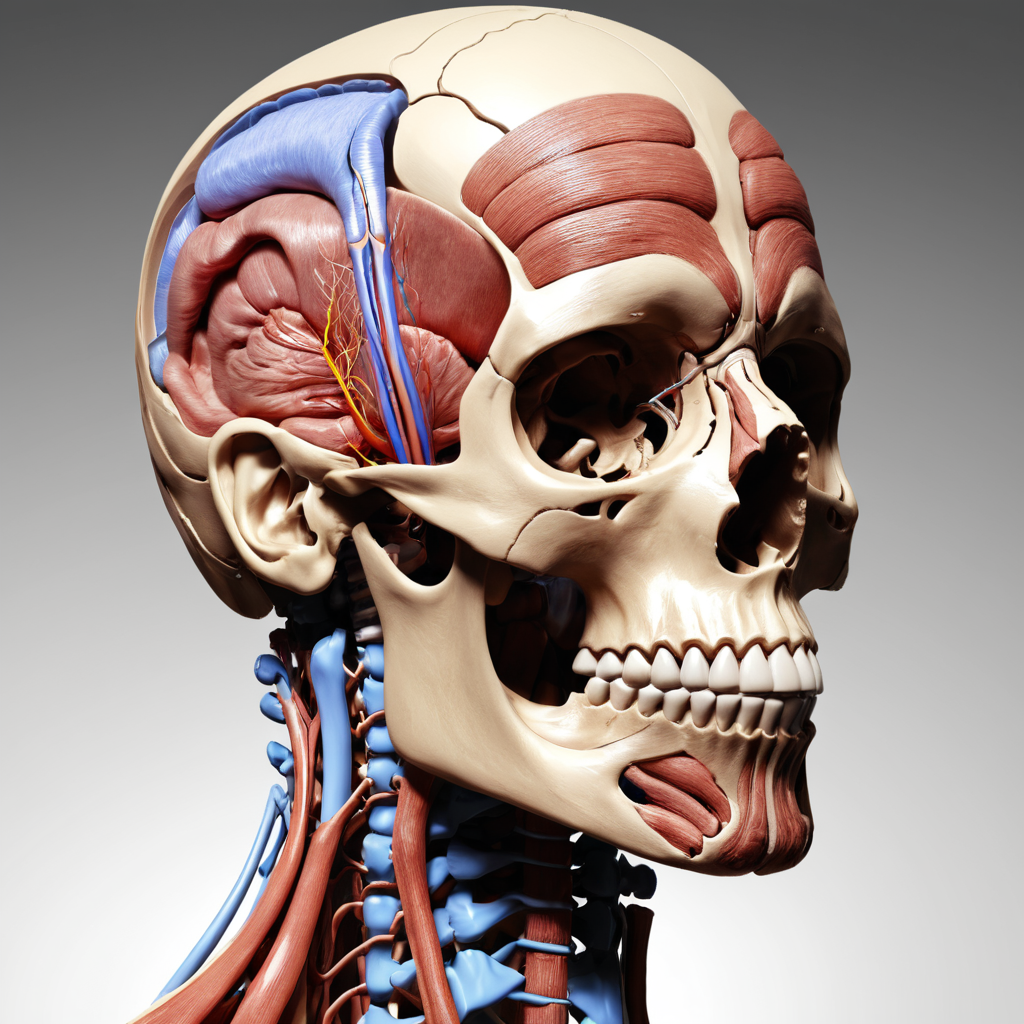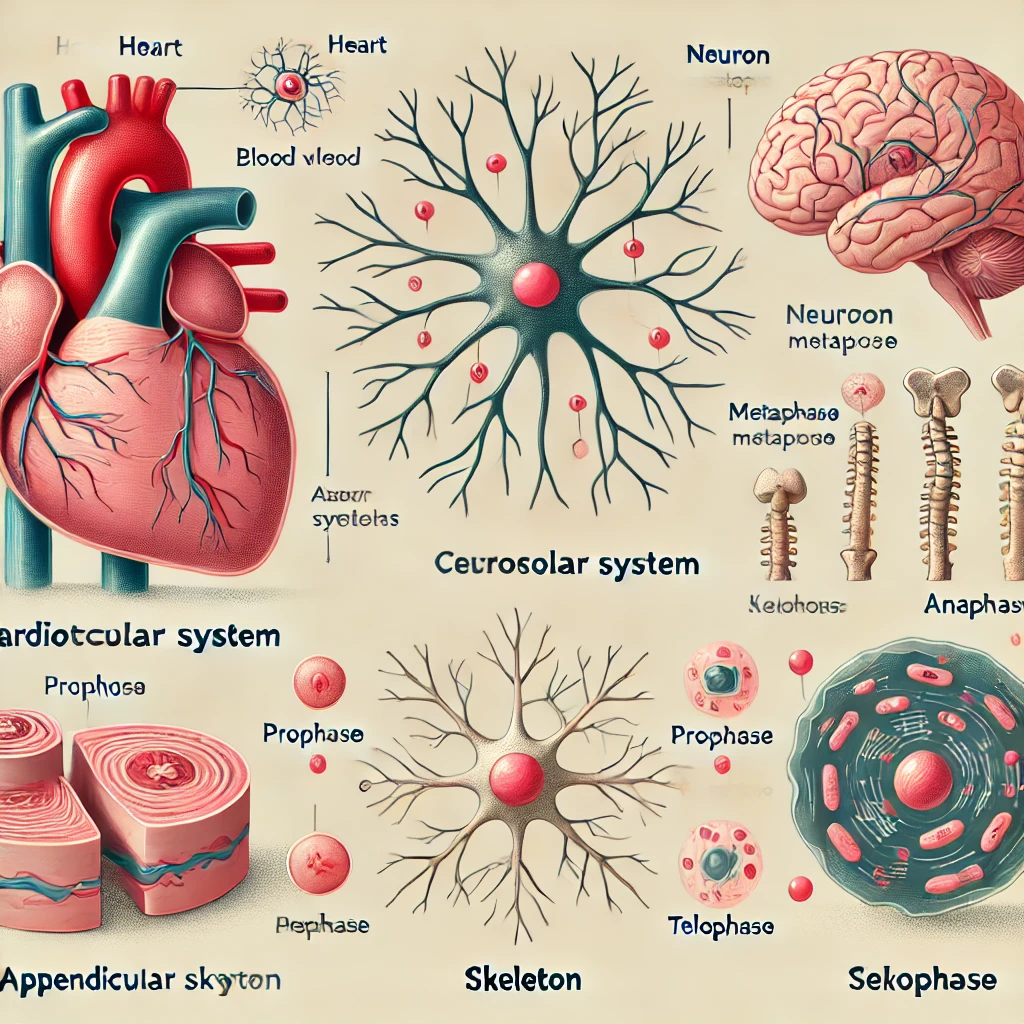- November 6, 2024
Introduction to Essential Anatomy and Physiology Concepts in ALHS 1011

Introduction to Essential Anatomy and Physiology Concepts in ALHS 1011
Savannah Technical College’s ALHS 1011 course introduces the vital foundations of anatomy and physiology that are essential for any healthcare field. Learning how body systems work, from the heart and lungs to cellular processes and the nervous system, builds the groundwork for more advanced medical and health science studies. Here, we’ll dive into ten key concepts covered in this course that shape how our bodies function every day.
1. How Does the Cardiovascular System Keep Us Alive?
The cardiovascular system, made up of the heart, blood, and blood vessels, plays a central role in our survival. The heart pumps oxygenated blood through arteries to reach every part of the body. Veins return the deoxygenated blood back to the heart, completing the cycle. Capillaries—the tiniest blood vessels—allow oxygen, nutrients, and waste products to exchange between blood and tissues. This circulation ensures that our cells get the oxygen and nutrients they need while removing metabolic waste efficiently.
2. Why Is Cellular Respiration Essential for Energy?
Cellular respiration is how cells produce energy, transforming glucose and oxygen into ATP (adenosine triphosphate), carbon dioxide, and water. ATP is what powers the body, from muscle movements to brain activity. Cellular respiration is essential because it provides the fuel that cells need to function and grow, supporting the basic processes that keep us alive.
3. Neuron Structure and the Power of Nerve Impulses
Neurons, the cells in our nervous system, are specifically designed to transmit nerve impulses. A neuron has three main parts: dendrites, a cell body, and an axon. Dendrites receive incoming signals, which travel through the cell body and down the axon. Covered in a myelin sheath that helps speed up signal transmission, the axon ends in terminals that release neurotransmitters. This structure enables fast, accurate signal transfer to other neurons or muscles, making everything from thought to movement possible.
4. The Difference Between Axial and Appendicular Skeletons
The skeleton has two main sections: the axial and appendicular skeletons. The axial skeleton consists of the skull, vertebral column, and rib cage, providing protection for vital organs like the brain, spinal cord, and heart. The appendicular skeleton includes the bones of the limbs, shoulders, and pelvis, supporting movement and balance. Together, they give the body structure, protection, and mobility.
5. What Are the Four Types of Body Tissues?
The body has four main types of tissues: epithelial, connective, muscle, and nervous tissue. Epithelial tissue covers and protects surfaces and cavities. Connective tissue, such as bone, blood, and cartilage, provides support and connects body parts. Muscle tissue enables movement, while nervous tissue transmits signals, allowing communication within the body. Each type has a specific role in maintaining our health and bodily functions.
6. How Do Kidneys Regulate Blood Pressure and Balance Electrolytes?
The kidneys help regulate blood pressure and keep electrolytes in balance. They do this through the renin-angiotensin-aldosterone system (RAAS), which manages blood vessel constriction and controls sodium and water levels. The kidneys filter blood, removing excess salts and waste, and adjusting electrolyte levels, like sodium and potassium. This delicate balance supports muscle and nerve function and overall health.
7. What Are the Stages of Mitosis?
Mitosis, the process of cell division, enables the body to grow and repair. It has four stages: prophase, metaphase, anaphase, and telophase. In prophase, chromosomes condense and prepare for separation. During metaphase, they align in the cell’s center. Anaphase follows, where sister chromatids split to opposite poles. Telophase reestablishes the nuclear membrane around each chromosome set, and finally, cytokinesis divides the cell into two. Each stage ensures accurate DNA replication and the formation of identical daughter cells.
8. How Does Gas Exchange Work in the Respiratory System?
In the lungs, tiny air sacs called alveoli are responsible for gas exchange. Oxygen moves from the alveoli into capillaries, binding to hemoglobin in red blood cells to be delivered throughout the body. At the same time, carbon dioxide from the blood diffuses into the alveoli to be exhaled. This efficient exchange process maintains the necessary oxygen and carbon dioxide balance in our blood.
9. The Role of Hormones and Target Cells in the Endocrine System
Hormones are chemical messengers released by glands in the endocrine system. They travel through the bloodstream to target cells with specific receptors, which respond by triggering various processes. For example, insulin regulates blood sugar, while adrenaline prepares us for “fight or flight.” Each hormone’s effect depends on the presence of compatible receptors on its target cells, enabling precise control over bodily functions.
10. How Muscles Contract: The Role of Actin and Myosin
Muscle contraction is explained by the sliding filament model, where two proteins, actin and myosin, interact to shorten muscle fibers. When a muscle is activated, myosin heads bind to actin, pulling the filaments together and shortening the muscle. ATP energy is used in this process, allowing muscles to contract and generate force for movement. The cycle of binding, pulling, and releasing actin enables continuous movement, essential for everything from lifting to walking.
Conclusion
The ALHS 1011 course offers a window into how our bodies work, from the smallest cells to the complex systems that keep us functioning. Understanding these anatomy and physiology basics is crucial for students entering healthcare fields, laying the groundwork for clinical skills and patient care. This knowledge prepares students for real-world applications, helping them become effective, knowledgeable professionals in health and medical settings.